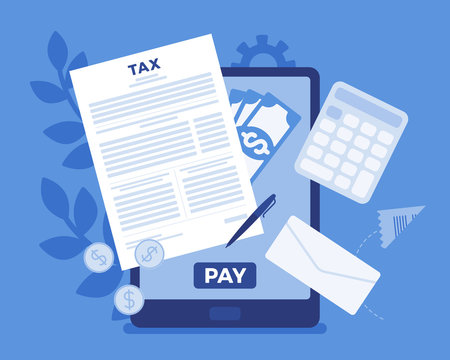
The introduction of the New Tax Regime under Section 115BAC of the Income Tax Act 1961 aimed at fostering electronic tax filings and transparency in Income Tax Returns. Despite a significant increase in e-filings, the adoption of the New Tax Regime has been limited among individual taxpayers.
Growth in Tax Filings: For the Assessment Year 2023-24, the Department reported 7.33 crore personal tax ITRs, marking a 6.79% growth from the previous year. However, a substantial majority continues to opt for the Old Tax Regime.
ClearTax Report Findings: ClearTax, a leading e-filing service provider, disclosed that among its 5 million individual taxpayers, only 15% chose the New Tax Regime, with the remaining 85% favoring the Old Tax Regime. This contradicts the anticipated popularity of the New Tax Regime due to reduced slab rates.
Old vs. New Tax Regime Dynamics: While the New Tax Regime offers lower slab rates and streamlined e-filing, it sacrifices exemptions and deductions available in the Old Tax Regime. Despite the department’s expectation of a 70% shift to the New Tax Regime, individuals with income above Rs 7.5 lakh still prefer the Old Tax Regime for its financial benefits.
Economic Impact: The Old Tax Regime historically encouraged disciplined investing and financial planning. The shift to the New Tax Regime has led to reduced investments in sectors like pension funds, provident funds, and insurance, impacting the overall economy. Reports indicate an 8.5% decrease in small saving schemes like National Saving Certificate (NSC) and Public Provident Fund (PPF).
Government’s Challenge: While the government achieved increased tax compliance with the New Tax Regime, it faces the challenge of balancing this with the unintended consequence of reduced financial investments in the economy.
Conclusion: The ongoing debate between the Old and New Tax Regime underscores the delicate balance needed between tax compliance and sustaining economic growth. The government’s efforts to boost compliance may need to be complemented by strategies to maintain robust financial investments in the economy.
![]()



